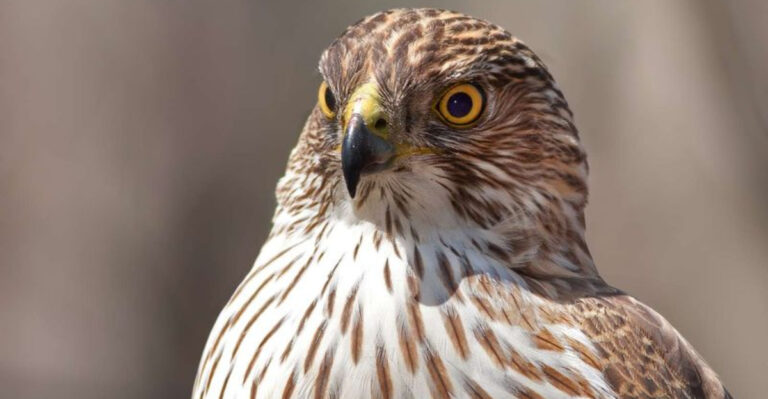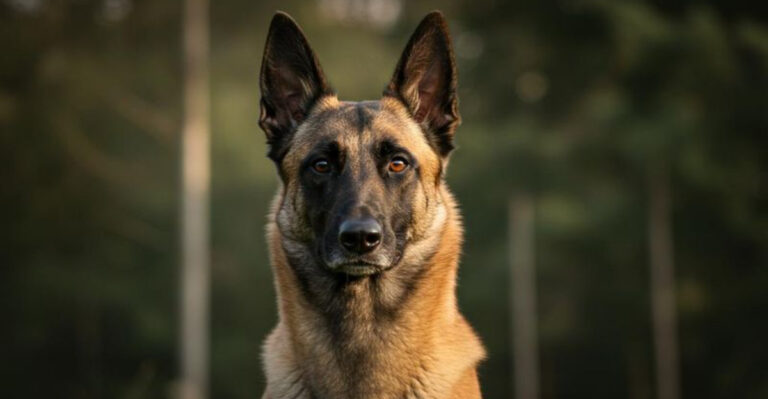13 Brilliant Facts About The American Bison
The American Bison, an iconic symbol of the Great Plains, has long captured the imagination and fascination of people around the world.
Once roaming the vast stretches of North America in herds numbering in the millions, these magnificent creatures play a vital role in the ecological tapestry of the continent. With their imposing presence and unique characteristics, bison are more than just a historical footnote; they are a living testimony to resilience and adaptation.
Let’s explore these brilliant facts about the American Bison that celebrate their legacy, biology, and surprising quirks.
1. The Mighty Weight Lifter
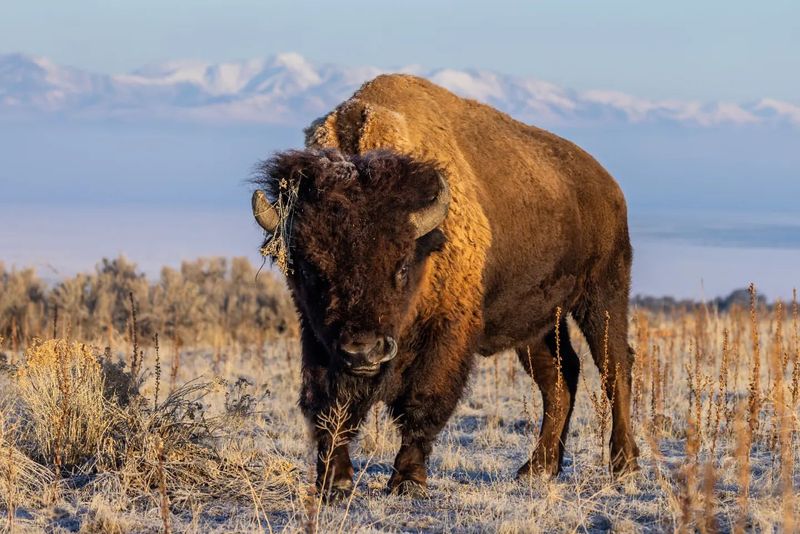
When it comes to strength, the American Bison is no lightweight. These hefty animals can weigh up to 2,000 pounds, making them the heavyweight champions of the plains. Despite their massive size, bison are incredibly agile and can reach speeds of up to 35 miles per hour, enough to outrun most threats. Their muscular build is not just for show; it’s essential for their survival in the wild.
Bison use their strength to plow through snow and ice, reaching the grass beneath. This ability to access food in harsh conditions is one of the reasons they have thrived for centuries. The bison’s robust physique is complemented by a thick, shaggy coat that provides insulation against freezing temperatures.
Their powerful presence and impressive physical capabilities make them a living symbol of strength and endurance. Next time you see a bison, remember, it’s a creature that embodies fortitude and resilience.
2. A Vegetarian Diet
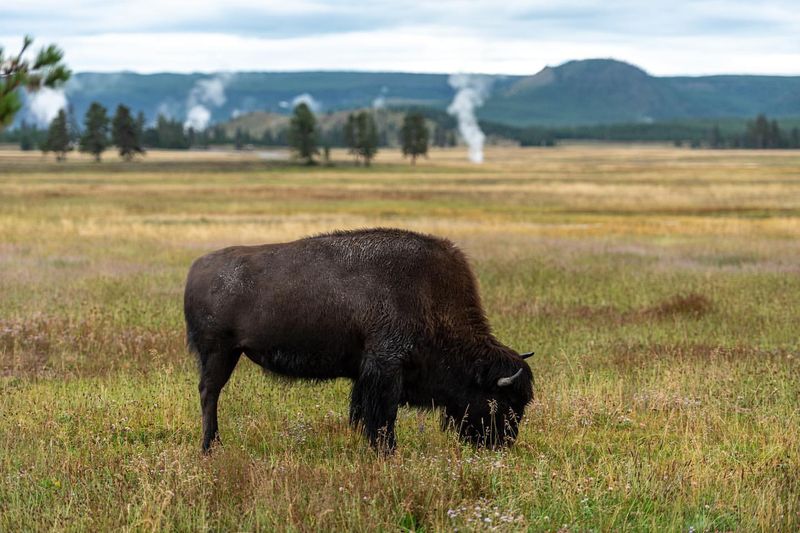
The American Bison is a dedicated herbivore, subsisting on a diet rich in grasses and plants. This grazing lifestyle plays a crucial role in maintaining the health and balance of prairie ecosystems. By feeding on a variety of grasses, bison help to prevent any single species from dominating the landscape, allowing for a diverse array of flora to flourish.
Their unique digestive system is perfectly adapted to breaking down fibrous plant materials. Bison have a complex stomach that enables them to efficiently ferment and extract nutrients from their vegetarian diet. As they graze, they also aerate the soil with their hooves, promoting plant growth and increasing biodiversity. While bison don’t eat meat, they are anything but passive.
Their constant movement and grazing patterns shape the landscape, demonstrating that you don’t need to be a carnivore to have a major impact on your environment. With each bite, bison contribute to the intricate balance of the prairie ecosystem, proving that being green is more than just a lifestyle choice – it’s a way of life.
3. Horns Of Distinction
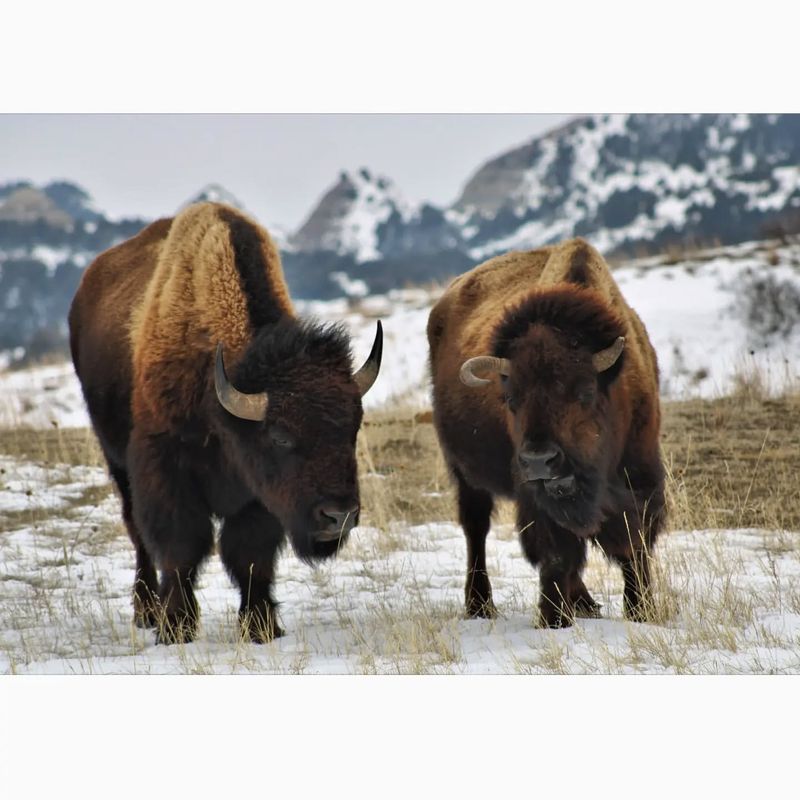
Among the most distinguishing features of the American Bison are its impressive horns. Both male and female bison sport these iconic accessories, which can grow up to two feet long. The horns serve multiple purposes, from defense against predators to establishing dominance within the herd. Bison horns are made of keratin, the same protein that forms human hair and nails.
Unlike antlers, which are shed annually, bison horns are permanent fixtures that grow throughout their lives. This gives each bison a unique horn shape, almost like a fingerprint of their journey and experiences. In addition to their practical uses, horns contribute to the bison’s striking silhouette, a reminder of their rugged individuality.
Whether fending off threats or engaging in playful sparring matches, their horns are tools of survival and communication. They are as much a part of bison identity as their massive, humped shoulders and piercing gaze.
4. Social Butterflies Of The Plains
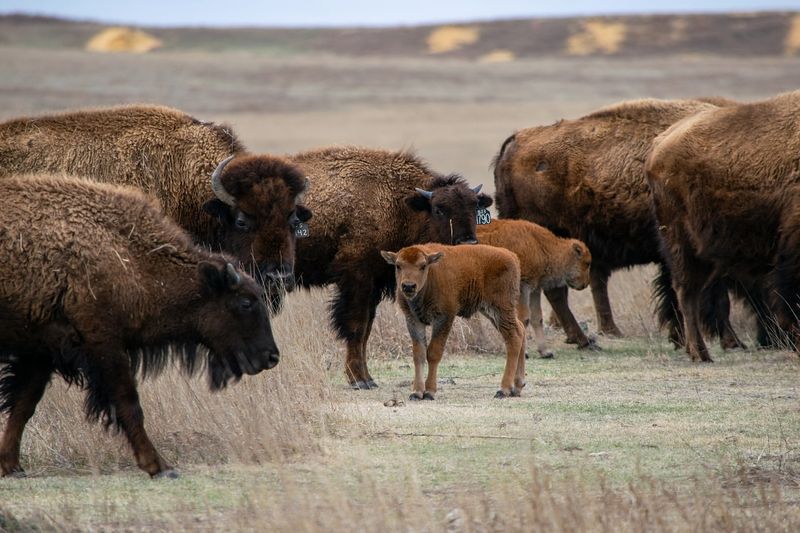
Despite their intimidating size, American Bison are highly social creatures. They live in groups called herds, which provide protection and companionship. Within these herds, bison engage in a variety of social behaviors that strengthen bonds and maintain the social structure. Bison herds are typically composed of females and their young, while males, or bulls, often form separate bachelor groups.
During the breeding season, males will join female groups to compete for mating rights, showcasing their strength and vitality. These interactions are not just about reproduction but are vital for maintaining genetic diversity within the species. Communication in bison herds is key and involves a range of vocalizations, body language, and even scent marking.
Whether they’re grunting, bellowing, or simply grazing together, bison exhibit a complex social life that echoes the dynamics of a bustling community. Their gregarious nature reminds us that even the mightiest of creatures thrive on connection and cooperation.
5. Historical Companions
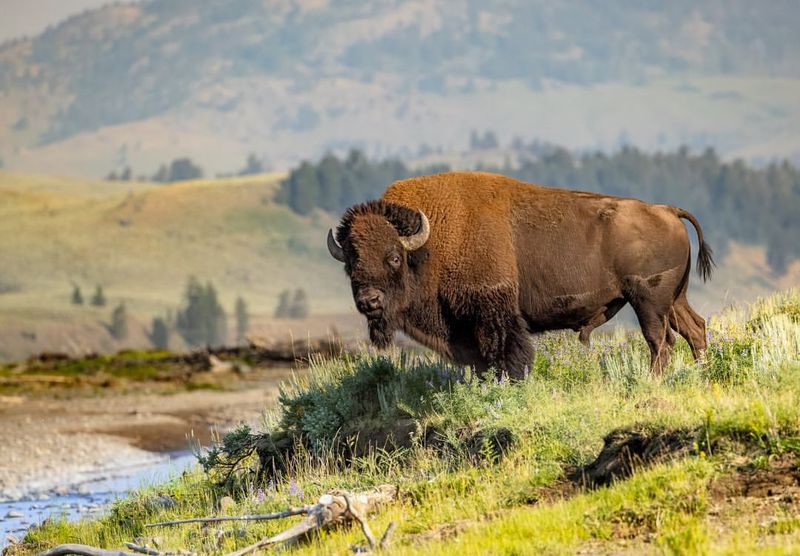
The relationship between American Bison and Native American tribes is deeply woven into the fabric of history. For many indigenous peoples, bison were more than just a food source; they were central to their culture and way of life. Every part of the bison was utilized, from meat to hide, and they played a crucial role in spiritual practices and traditions.
Bison were considered sacred animals, embodying the spirit of abundance and resilience. The seasonal migrations of bison influenced the movements and settlements of tribes across the Great Plains. This symbiotic relationship fostered a deep respect and stewardship for the land and its creatures, an ethos that is still celebrated today.
In modern times, efforts to restore bison populations are not just about ecological restoration but also about honoring and preserving cultural heritage. As we protect these majestic animals, we also safeguard the rich history and traditions that they symbolize. The enduring bond between bison and Native American cultures is a testament to the power of coexistence and mutual respect.
6. The Great Comeback
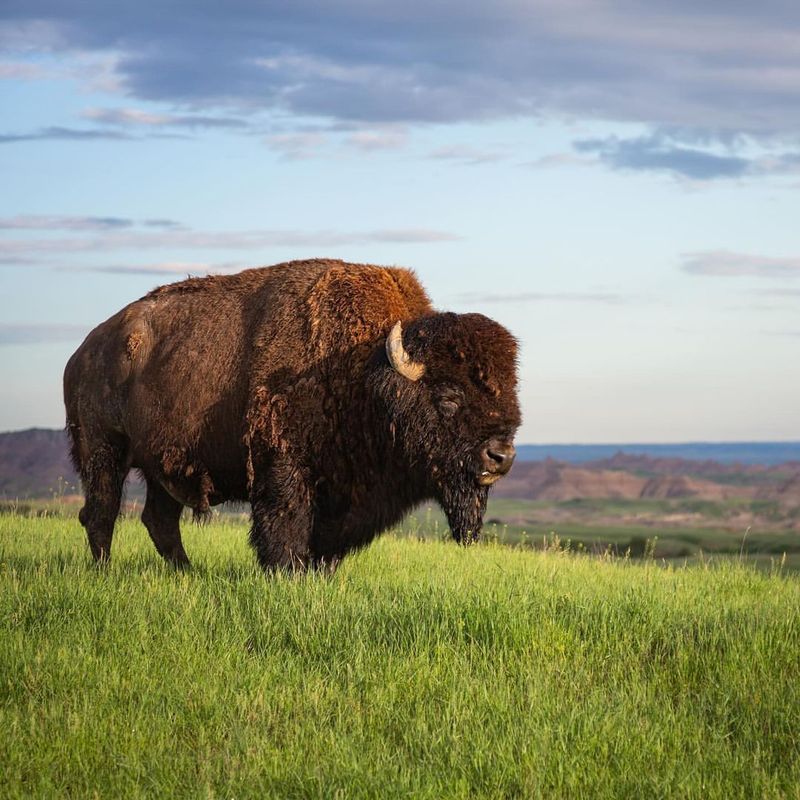
The American Bison’s story is one of survival and resurgence. Once on the brink of extinction, their numbers dwindled from millions to fewer than a thousand by the late 1800s. Overhunting and habitat loss were major threats, but thanks to concerted conservation efforts, the bison has made an incredible comeback.
Today, bison thrive in protected reserves and national parks, a testament to the success of preservation initiatives. Their revival is a collaborative effort involving government agencies, indigenous tribes, and conservation organizations working together to ensure their survival.
This remarkable recovery showcases the potential for restoring endangered species through dedication and cooperation. The bison’s return is not just a win for wildlife conservation but a source of inspiration. It highlights the importance of preserving biodiversity and the positive impact humans can have when we prioritize environmental stewardship.
The great comeback of the American Bison reminds us that even the most formidable challenges can be overcome with perseverance and collective action.
7. Bison Vs. Buffalo
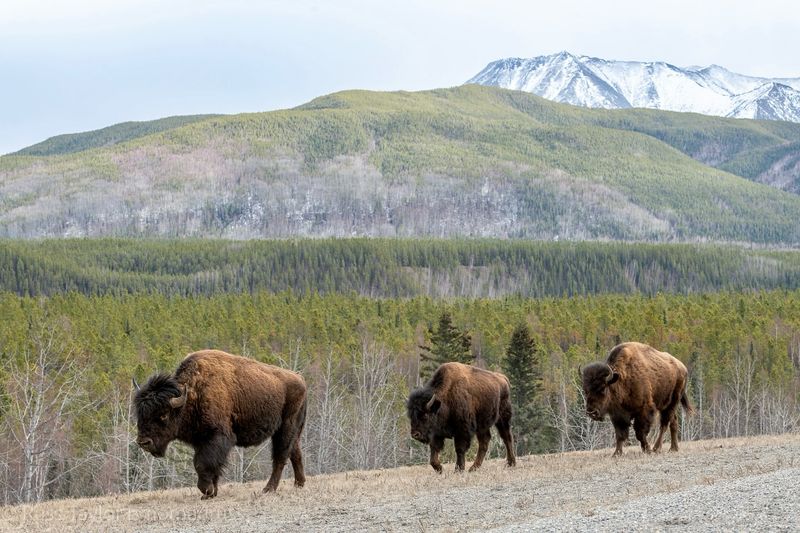
The terms “buffalo” and “bison” are often used interchangeably, but they’re not exactly the same. True buffalo, such as the African Cape buffalo and the Asian water buffalo, belong to different species. The American Bison, however, is unique to North America and boasts distinct characteristics that set it apart from its namesake relatives.
The confusion dates back to early European explorers who mistook bison for buffalo due to their similar appearance. Despite the mix-up, the name “buffalo” stuck and is still widely used today. Nevertheless, understanding the distinction is important for appreciating the bison’s unique place in the animal kingdom. In the world of wildlife, names can be misleading, but the American Bison proudly stands on its own.
Whether you call them bison or buffalo, these majestic animals continue to capture our imagination and hold a cherished spot in both history and culture. The friendly debate over their correct name only adds to their mystique, reminding us that sometimes, what’s in a name is a tale as old as time.
8. Winter Warriors
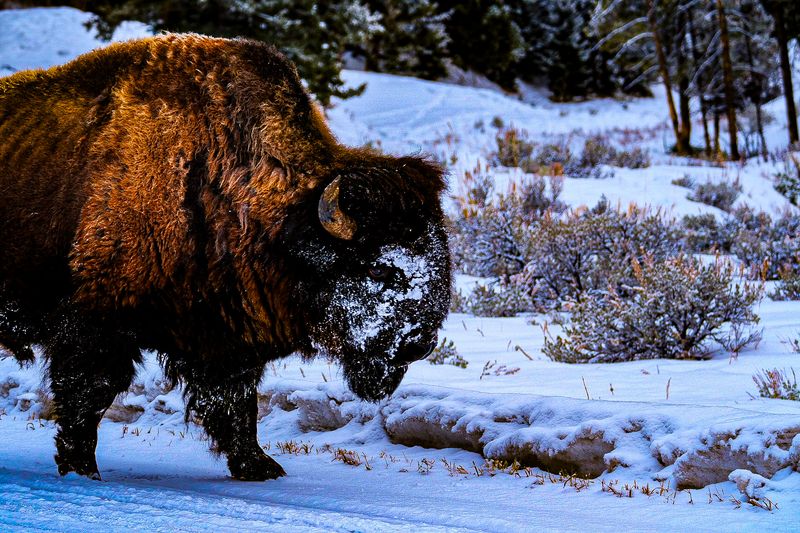
Winter is no match for the American Bison, a true warrior of the cold. With their thick, insulating coats and robust physiques, bison are well-equipped to endure the harshest winter conditions. Their shaggy fur traps heat close to their bodies, keeping them warm even as temperatures plummet. Bison are not just passive survivors; they actively adapt to winter by changing their grazing habits.
They use their strong necks and heads to sweep away snow, accessing the grass below. This behavior ensures they have a steady food supply during the colder months. Their resilience in the face of winter challenges is a testament to their adaptability and strength. While many animals migrate or hibernate, bison boldly face the winter head-on.
Their ability to withstand freezing temperatures and scarce resources speaks to their evolutionary success. As winter warriors, bison embody the spirit of endurance, proving that when the going gets tough, the tough get going.
9. The Grassland Architects
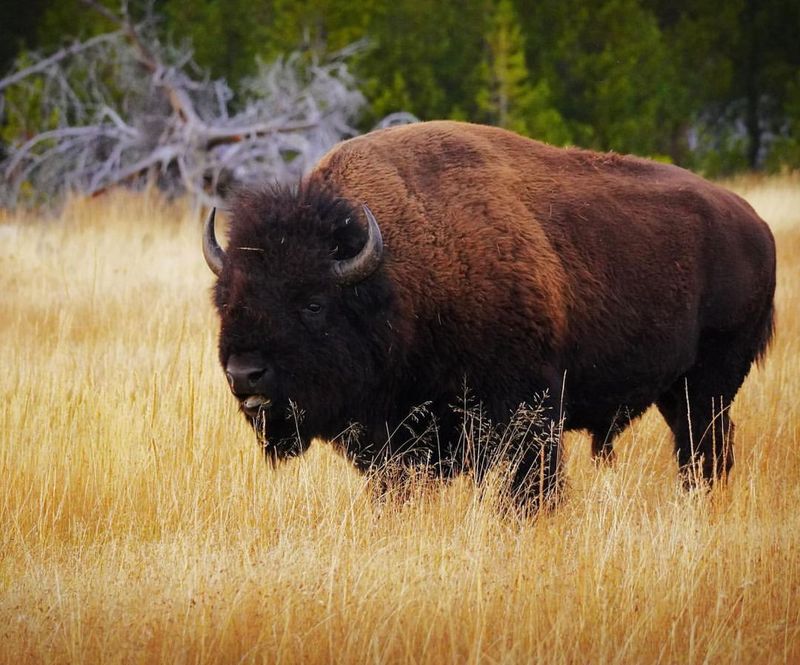
American Bison are more than just inhabitants of the grasslands; they are architects of their environment. Through their grazing habits and physical presence, bison shape the landscape in ways that benefit countless other species. Their role in ecosystem management is vital for maintaining the health and diversity of the plains.
Bison create wallows by rolling in the dirt, which serve as natural depressions that collect rainwater. These wallows provide habitat for amphibians and insects, contributing to the ecological richness of the area. Additionally, their grazing patterns help control the growth of certain plant species, preventing any one type from dominating the landscape. The bison’s influence extends beyond just maintaining plant diversity; they also support a web of life that includes birds, mammals, and insects.
By fostering a balanced ecosystem, bison demonstrate that true environmental stewardship involves collaboration and harmony with nature. As grassland architects, they remind us that even the smallest actions can have far-reaching effects.
10. Bison Babies: A Springtime Spectacle
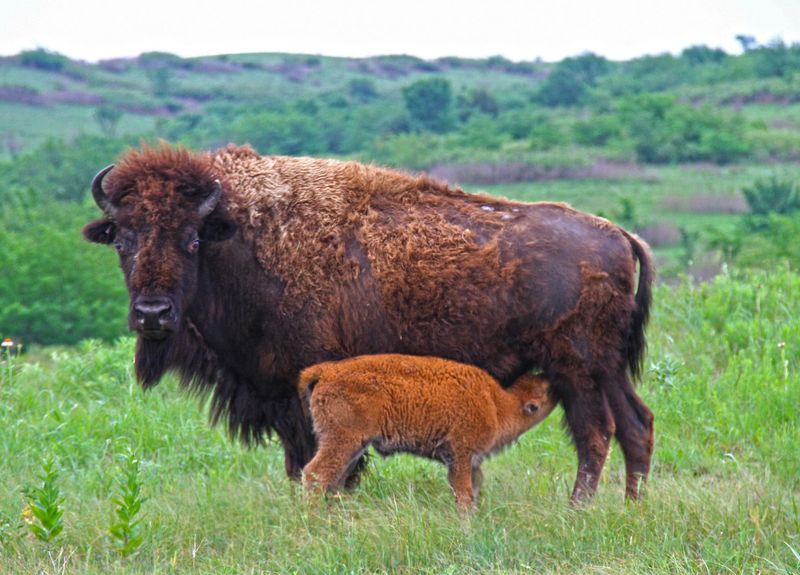
Spring is a season of renewal, and for the American Bison, it heralds the arrival of adorable new life. Bison calves, known as “red dogs” due to their reddish-brown fur, are born in the spring when the grass is abundant and the weather is mild. These young bison quickly become the center of attention, captivating all who witness their playful antics.
Witnessing the birth of a bison calf is a sight to behold—one that symbolizes hope and continuity in the animal kingdom. Calves are born after a nine-month gestation period and are able to stand and walk within hours, a testament to their resilience and instinctual drive for survival. As they grow, bison calves learn from their mothers and the herd, absorbing lessons of survival and social behavior.
Their presence is a reminder of the bison’s enduring legacy and the promise of future generations. In the circle of life on the prairie, bison babies bring joy and energy, marking spring as a time of celebration and new beginnings.
11. A National Symbol
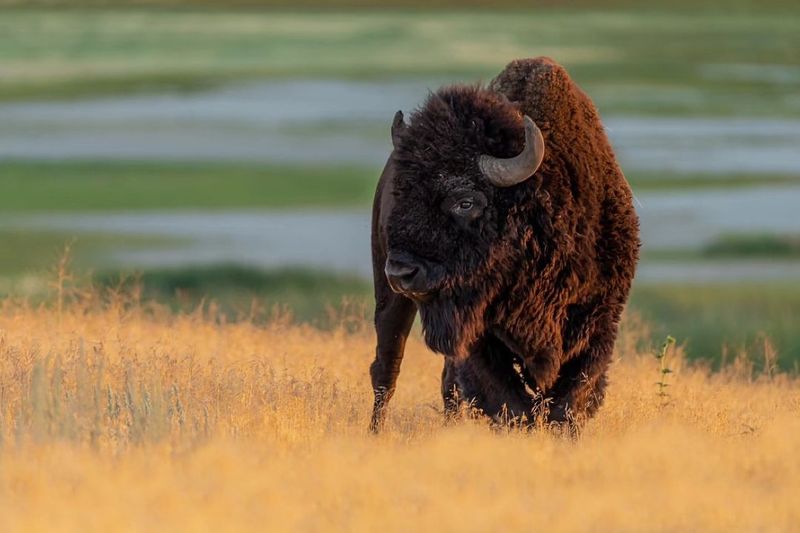
The American Bison holds a special place as a national symbol, embodying the spirit and resilience of the United States. In 2016, the bison was officially designated as the national mammal of the U.S., a fitting tribute to its historical and cultural significance. This recognition celebrates the bison’s role in shaping the nation’s identity and ecological heritage.
As a symbol of freedom and strength, the bison reflects the core values that define America. Its survival story is intertwined with the history of the land, representing both the challenges and triumphs of conservation efforts. The bison’s majestic presence is a reminder of our responsibility to protect and preserve the natural world for future generations. While the bald eagle soars high, the bison stands tall, grounded in the rich tapestry of American history.
Together, they form a powerful duo that underscores the country’s commitment to wildlife and wilderness. The bison’s status as a national symbol is a testament to its enduring legacy and the inspiration it continues to provide.
12. Bison’s Role In Modern Agriculture
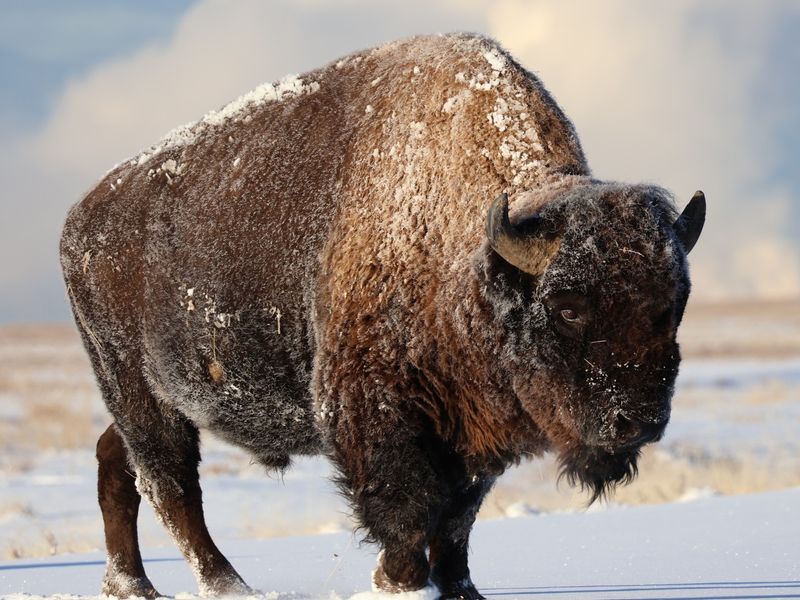
In the world of modern agriculture, the American Bison is making a comeback as a sustainable livestock choice. Bison ranching is gaining popularity for its environmental benefits and ethical considerations. Unlike traditional cattle ranching, bison require minimal intervention, thriving on natural grazing patterns and existing in harmony with the land.
Bison are well-suited to rotational grazing, which mimics their natural movements and promotes healthy grassland ecosystems. This method helps to sequester carbon, improve soil health, and support biodiversity. As consumers become more conscious of the environmental impact of their food choices, bison meat is gaining recognition as a sustainable and nutritious alternative.
The resurgence of bison in agriculture is not just about food production; it’s about reconnecting with nature and honoring the legacy of these magnificent creatures. By choosing bison, ranchers and consumers alike support conservation efforts and contribute to the preservation of grassland habitats.
In modern agriculture, the bison’s role is a reminder that sustainability and tradition can go hand in hand.
13. The Bison’s Roar
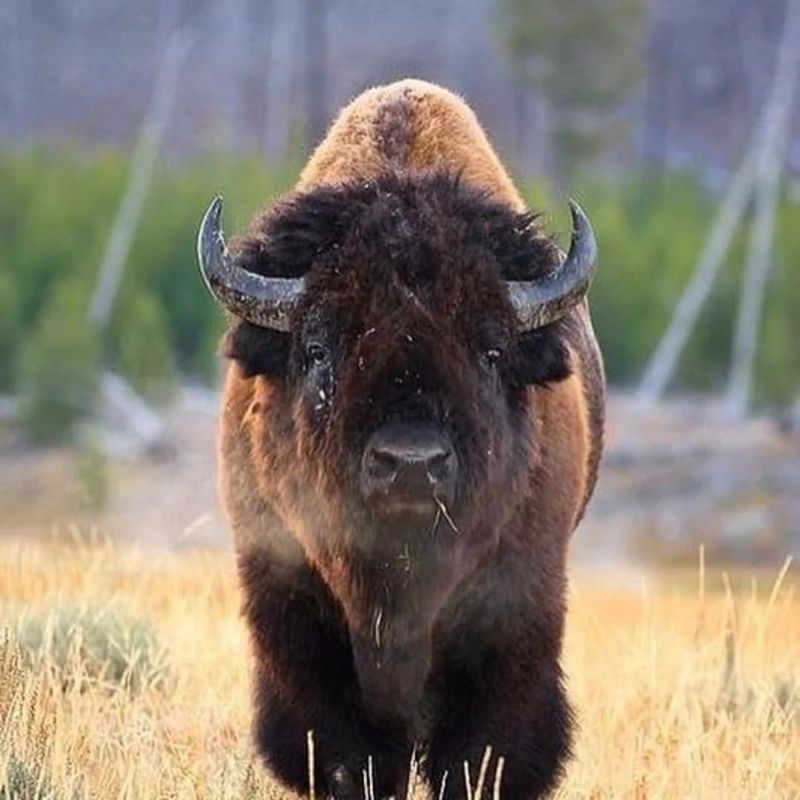
The American Bison may not be known for its vocal prowess, but its distinctive roar is a sound to behold. Often described as a deep, rumbling bellow, the bison’s vocalizations serve as a form of communication within the herd. These sounds can convey a range of messages, from asserting dominance to calling for mates or alerting others to danger.
The bison’s roar is more than just noise; it’s a vital part of their social structure. By vocalizing, bison maintain group cohesion and establish hierarchies. Their calls can be heard over long distances, cutting through the vast landscapes they inhabit. In the wild, the bison’s roar is a reminder of their untamed spirit and the intricate dynamics of herd life.
While they may not serenade the plains, their vocalizations add to the rich tapestry of sounds that define the natural world. The bison’s roar is a testament to their strength and individuality, a voice that echoes across the ages.




